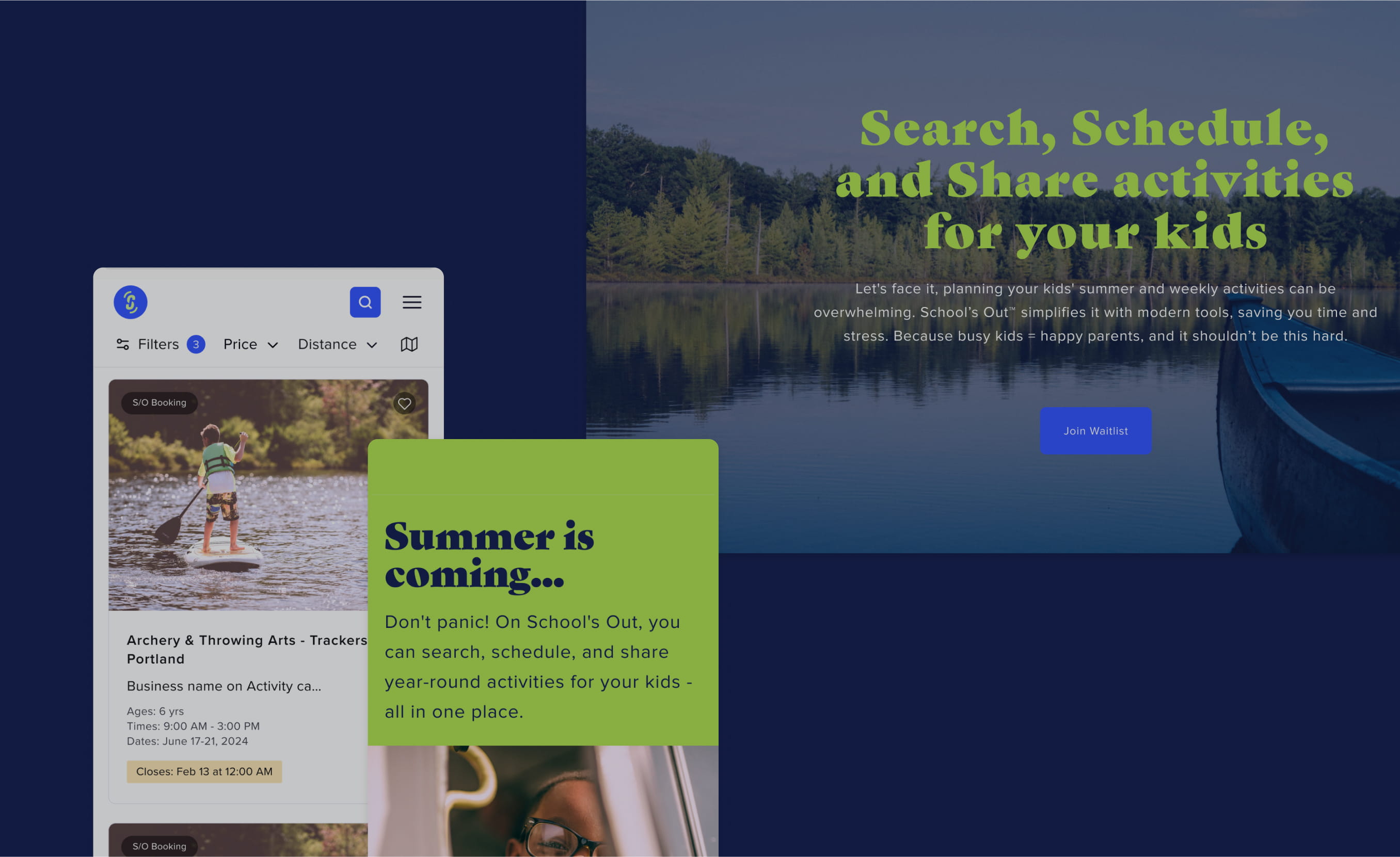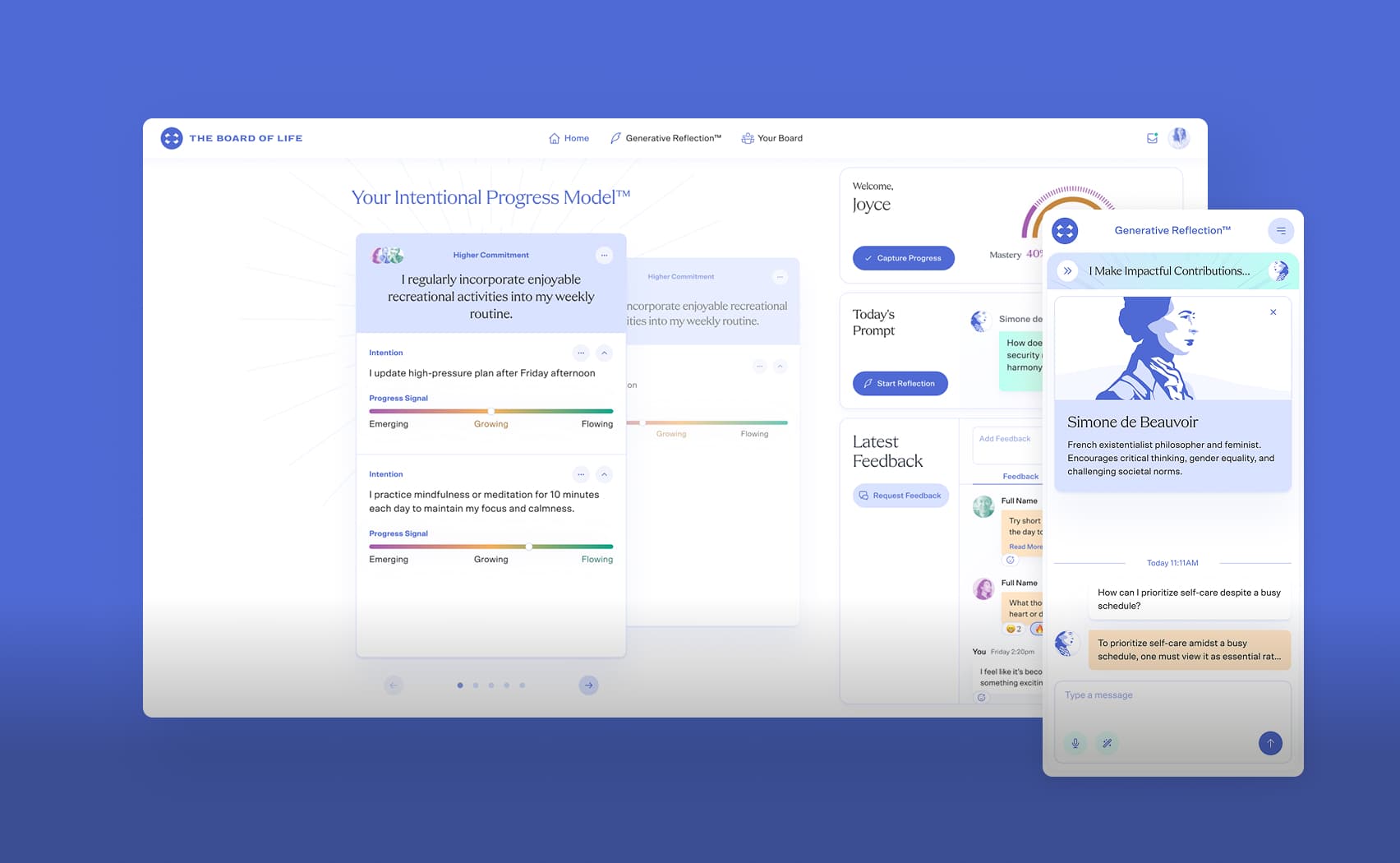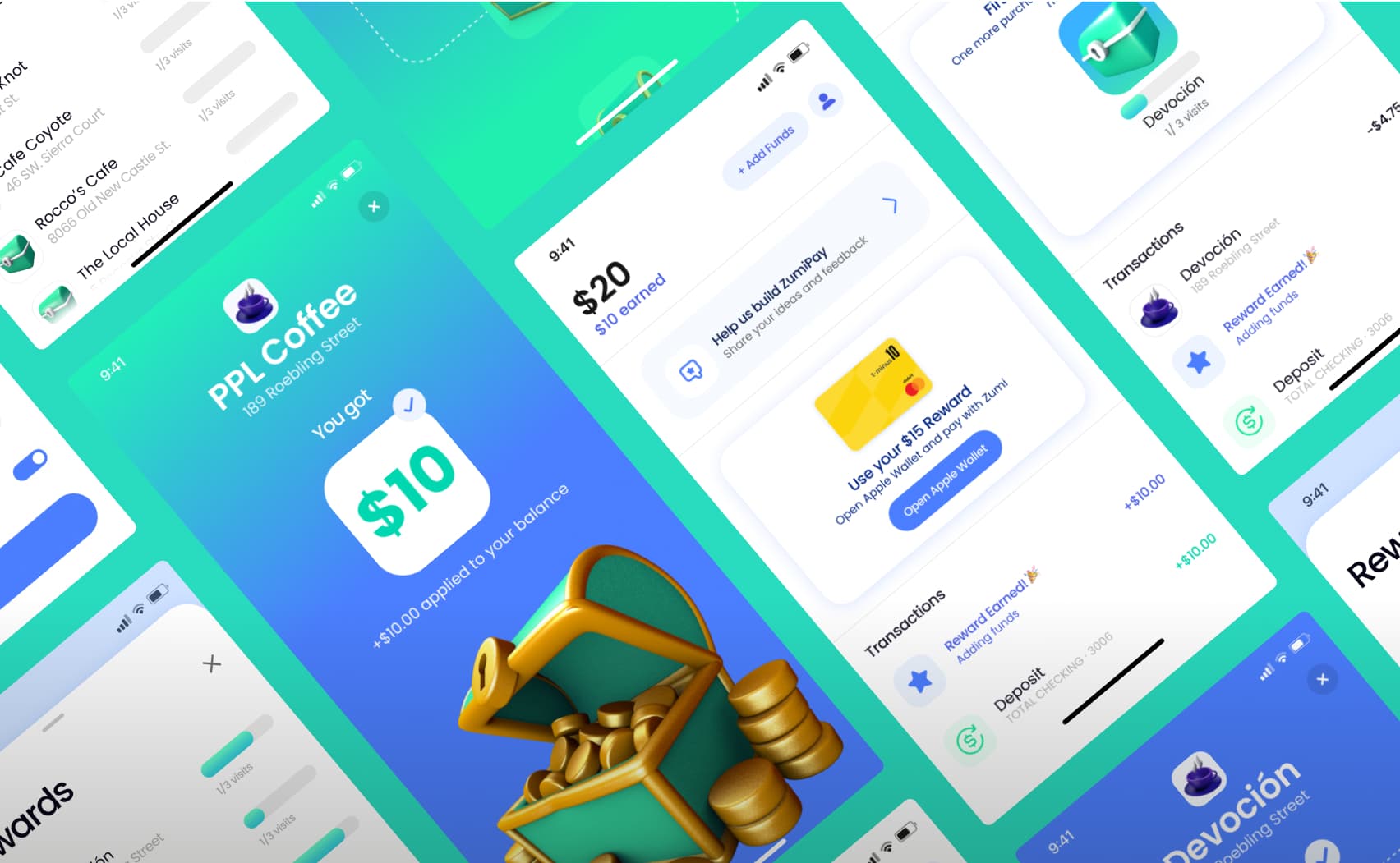Where No-code Ends and Custom Development Begins
No-code and low-code platforms are popular software solutions for many founders and organizations. With little training, almost anybody can create working applications using these frameworks.
Yet at the same time, relying too heavily on no-code creates long term problems for founders. They can get locked in to a single vendor, making it difficult or impossible to move their business to a more suitable system. In many cases, a custom software approach would have made more sense.
To date, there are over 400 different no-code and low-code platforms on the market. This represents a rapidly growing industry worth more than $8 billion dollars. However, the market for custom software design is far larger, with some estimates reaching over $24 billion.
Clearly, there is demand for no-code platforms. But you might wonder if custom development would be better for your project. Where does no-code end and custom software development begin?
Like most things in life, there is no firmly defined line. The path you should choose depends on your own needs and preferences.
Here’s what I will talk about in this article:
A metaphor for understanding no-code
A metaphor for understanding no-code
- Examples of no-code platforms
- What successful no-code looks like
- What unsuccessful no-code looks like
- How custom development can launch your business
No-Code vs Custom Development: a Metaphor
There’s a good metaphor for the difference between no-code and custom development: owning a house vs renting an apartment.
Custom software development is like owning your own home. You can build, renovate, and change things around as you will. You own the entire thing, so you can build and modify it to your liking.
No-code is like renting an apartment. You don’t own everything that’s there. There’s limited functionality. You can’t change the core structure if you wanted to. There’s much less room to grow. And there could even be security issues.
On the plus side, no-code often involves lower upfront costs, just as a deposit on an apartment is usually lower than a deposit for a house. And many features come pre-built, like in a pre-furnished flat.
It’s no surprise, then, that many founders build an MVP with no-code, and later transition their product to a custom software solution. This is much like renting an apartment when you are young, and moving into a house when you have a family.
The big danger is building your entire business around a single no-code platform, and finding no way to migrate when your needs expand. Due to vendor lock-in, you may not be able to leave your no-code platform.
Examples of No-code Platforms
Bubble is a no-code platform that offers a drag-and-drop interface for building web apps. It runs on a “workload” system, in which Bubble measures the amount of computing resources your app uses. Different plans allow for different levels of workload per month.
Bubble offers many plugins and third-party support options, but like all no-code platforms, it has the problem of vendor lock-in. If you build your entire business around Bubble, you will have to stick with the platform indefinitely, even if prices go up or performance deteriorates.
While Bubble is geared towards building prototypes and MVPs, Zapier is a platform that focuses more on automating small tasks like data entry and lead generation. Its website indicates that it’s intended for individual workflows, not entire platforms.
Tools like Zapier have a valuable place in the software ecosystem, but it would not be wise to rely on them exclusively, to the detriment of your broader codebase. Sometimes, firms wind up accumulating dozens of little automated programs, creating a shadow IT ecosystem that is not maintained or reviewed by the main IT staff. This can cause problems when someone leaves the company, taking knowledge of their use with them.
What Successful No-code Looks Like
Many founders have used no-code to build successful products. In most cases, they used no-code to build an MVP first.
My First Nest Egg is an app that teaches financial literacy to children. It gamifies financial lessons through features like a virtual piggy bank and savings goals. Built using Bubble, the founders wanted a way to teach their own kids about money. Only later did they turn it into a fully-fledged product.
Scribly is a freelancing platform that also grew out of a no-code MVP. Its founder, Dani Bell, built the entire platform in under 8 weeks using Webflow, Airtable, and Zapier. Initially intended just for patching small problems and improving productivity, her efforts quickly grew into an entire product.
What do these examples have in common? For each of them, the founders built an MVP based on a no-code platform. And that can often be a logical approach, especially when the core functionality you want to test is relatively simple and well-defined.
What Unsuccessful No-code Looks Like
It’s difficult to point to concrete examples of an unsuccessful product built on a no-code framework, since such products were, well, unsuccessful.
However, there are several problems that do commonly arise when over relying on no-code.
Vendor lock-in, which I’ve mentioned several times in this article, is what happens when a no-code platform doesn’t allow for migrating your application to other systems.
Security issues are a side effect of having a third party handle your platform. While most no-code vendors probably do make security a top priority, security flaws could still enter the system without your knowing.
Lack of scalability can arise when your computing needs grow too large for your vendor to handle. This is another problem that is distant at the start, but grows closer over time.
Launching Your Business With Custom Development
JetRockets specializes in custom development of web and mobile apps. We believe in the value of custom software throughout a business’ lifespan, from MVP to launch and beyond.
One advantage of having an expert team work with you the entire time is aligning goals. Because we work with many founders starting in the ideation stage, we develop a close understanding of their broader vision and goals, and can give knowledgeable advice at every step of the way.
Another advantage is the long-term flexibility that custom software affords. There’s no vendor lock-in, and founders are free to take their project in any direction they see fit.
Finally, working with a custom software team means having access to expertise. No-code platforms don’t have a brain. It’s up to you to make them do what you want. A team of professionals, on the other hand, comes with years of experience in making quality products, and can advise you on the course to take in your journey.



